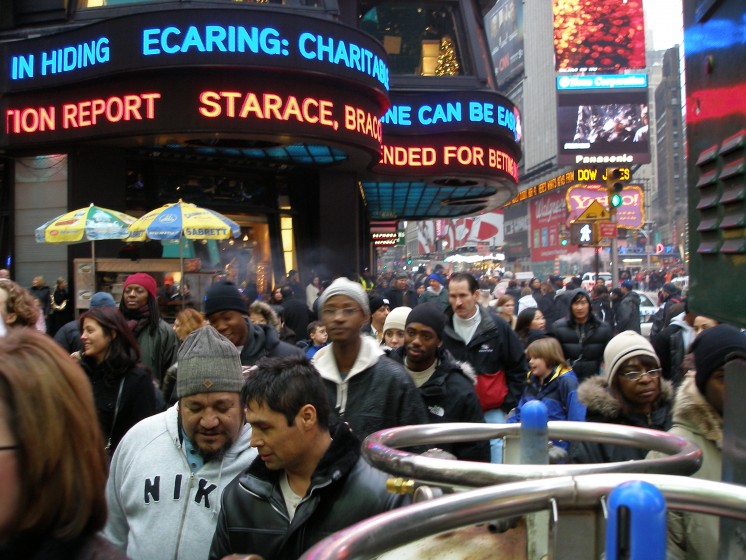At first glance, urban is a simple word. Urban refers to the characteristics of towns or cities. Straightforward, right?
Maybe. Consider the different uses of the term. Urban sprawl describes low density development with lots of space for cars and separated uses (housing in one area, stores in another, school in a third, etc.). What about suburban – a place that is less than urban. What urban characteristics is a suburb missing? Or does it have any urban characteristics?
Think about how you could define urban. You could say a community with more than x number of people is urban. You could elaborate and say that a community with more than x people and a density greater than y is urban. This is how Statistics Canada defines urban.
Urban planners usually talk about the layout of a place to define urban. Urban areas have certain characteristics, such as high density, a mix of uses and a well connected street grid. Urban areas tend to have special infrastructure – transit, parking garages, sewer systems, etc. – to deal with large numbers of people.
You can also define urban in terms of how places function. Do urban places work differently than other places? If so, is function important to how we talk about cities and towns? The answers are yes and yes.
The most important function of urban places is connecting people. People want to be in urban places to connect with other people. When there are many people concentrated together, everyone has better access to services, ideas, company and goods. This may seem obvious, or not that important, but this cluster of connections is the foundation of an urban economy.
Jane Jacobs, Richard Florida and Edward Gleaser have all studied the connection between how ideas move within cities. In short, their belief is that some cities are super successful at creating wealth because the unplanned, continual sharing of ideas across all social groups spurs innovation and trade. New ideas and new connections can be used over and over to create products, services and businesses.
Cities make it easy to share ideas, because so many people are continually crossing paths and connecting. Successful cities are those places that encourage ideas to bubble up and spillover. They provide institutions and places that support new ideas. They let people innovate by sharing and developing ideas.
So for now, I propose a very broad, functional definition of urban. Something is urban if it allows or encourages people to connect and share, especially in public and without planning to meet. Something that discourages or stops people from connecting and sharing is not urban – it’s anti-urban. Too few sidewalks or too few crosswalks are common anti-urban examples. Successful cities will create and protect urban places, groups and institutions and will limit, change or remove anti-urban places, groups and institutions.
It’s a pretty broad and vague definition, but I’m ok with that for now. The point is to think about how places currently function and how they could and should function. I think that should keep me busy with this blog for a while.





